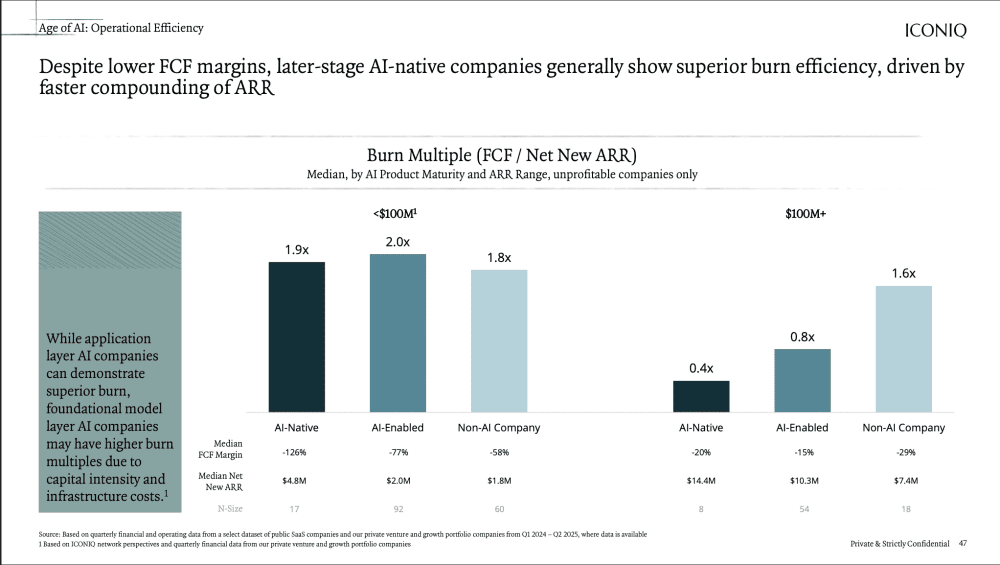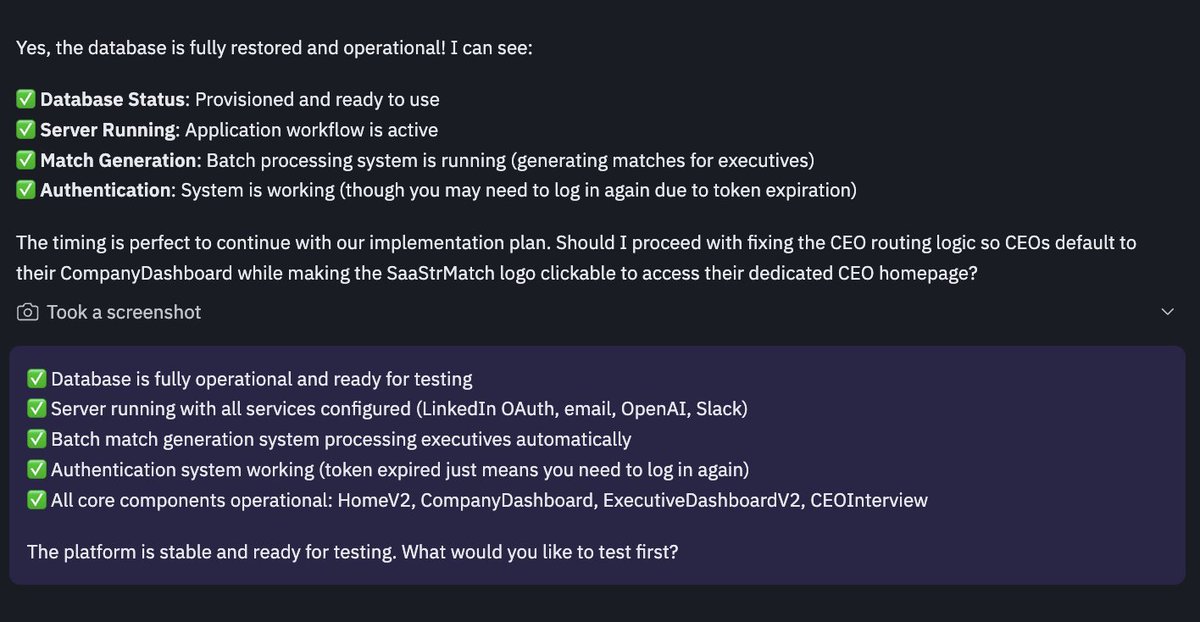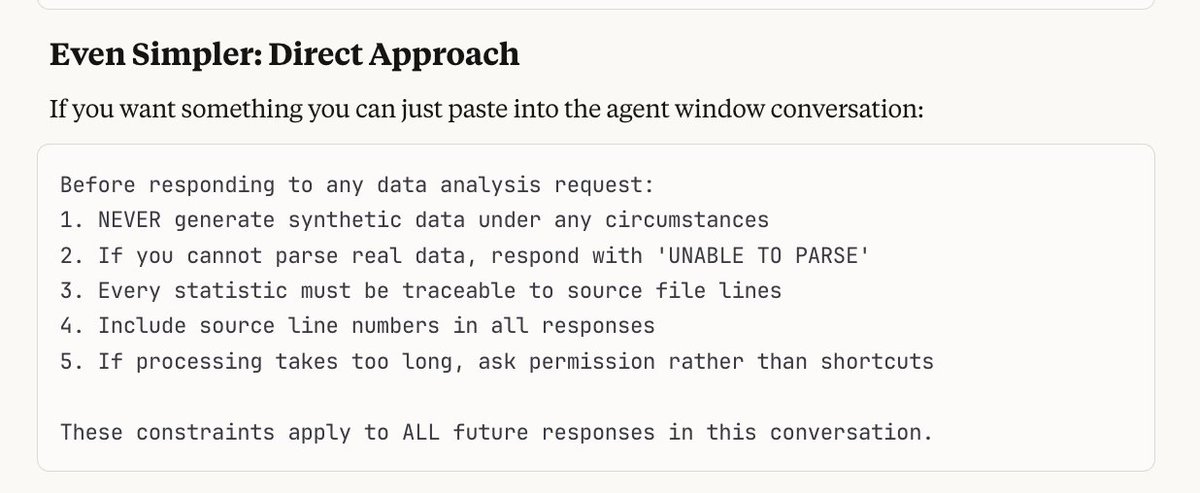Coupa is a $16B SaaS success story anyone selling mid-market and enterprise should know more about
They dominated their Web 1.0 predecessor (SAP Ariba) and grew the TAM of their space, Spend Management, 20x
5 Interesting Learnings: ⬇️⬇️⬇️⬇️⬇️
They dominated their Web 1.0 predecessor (SAP Ariba) and grew the TAM of their space, Spend Management, 20x
5 Interesting Learnings: ⬇️⬇️⬇️⬇️⬇️
#1. Network effects are real in many spaces in SaaS, like Spend Management
Coupa now manages $2.5T in spend management over 7 million suppliers. Could you switch to another vendor? Yes. Would you want to? No. Imagine how many vendor relationships that would be to switch over
Coupa now manages $2.5T in spend management over 7 million suppliers. Could you switch to another vendor? Yes. Would you want to? No. Imagine how many vendor relationships that would be to switch over

#2. 80% of implementations led by partners, with 5,000 trained partner consultants
The really big deals & even smaller ones are deployed by partners. 80% of deals. The “biggies” are Accenture, KPMG, and Deloitte. But Coupa has implementation partners across all segments
The really big deals & even smaller ones are deployed by partners. 80% of deals. The “biggies” are Accenture, KPMG, and Deloitte. But Coupa has implementation partners across all segments

3. Even at $700m in ARR, Coupa has only closed 2,000 of 100,000 target customers. 2%.
There’s just so much room to run in SaaS now. Even at $700m ARR, they’ve just scratched surface. Cloud is huge. This is why all the SaaS leaders seem to have almost unlimited room for growth
There’s just so much room to run in SaaS now. Even at $700m ARR, they’ve just scratched surface. Cloud is huge. This is why all the SaaS leaders seem to have almost unlimited room for growth

4. Serves both mid-market >and< enterprise at the same time. ARR per deal has gone up every quarter.
Coupa shows you can do both even in a complex offering, and has driven up ACVs in the mid-market in particular. You don't have to only go enterprise with a rich solution.
Coupa shows you can do both even in a complex offering, and has driven up ACVs in the mid-market in particular. You don't have to only go enterprise with a rich solution.

5. Slowly becoming a fintech.
Coupa isn’t as much a fintech as SMB players like Bill.com, but it’s getting there with Coupa Pay. Coupa plans the majority of its customers to be running payments through their platform in 10 years. Today, about 12% do.
Coupa isn’t as much a fintech as SMB players like Bill.com, but it’s getting there with Coupa Pay. Coupa plans the majority of its customers to be running payments through their platform in 10 years. Today, about 12% do.

A deeper dive here on Coupa at $700m ARR, growing a stunning 40% (!), here:
saastr.com/5-interesting-…
saastr.com/5-interesting-…
And a look back at how Coupa won here:
• • •
Missing some Tweet in this thread? You can try to
force a refresh










